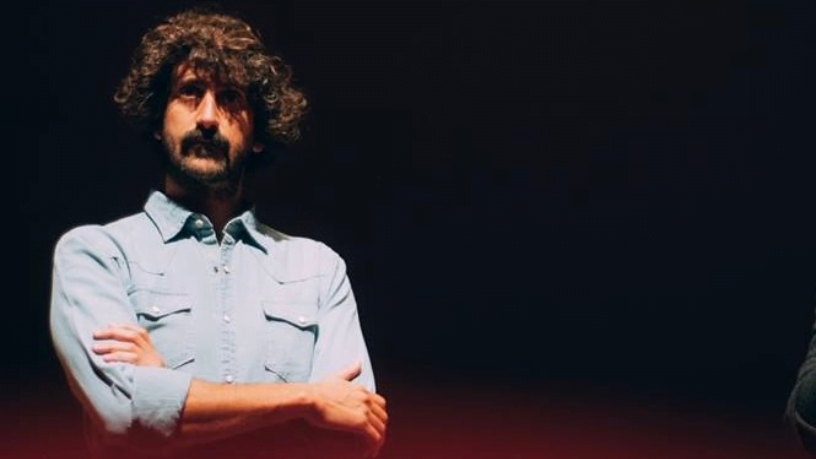Cinematography plays a key role in the visual narrative of films, regardless of genre. According to director Gustavo Beck, cinematographers and their teams use a variety of styles and techniques to convey emotions, atmosphere and context in different types of films.
Learn more about the use of styles and techniques for the production of different film genres from reading this article!
Elements emphasized in different genres
Action
In action films, cinematography often emphasizes the action and adrenaline that are characteristic of this genre. Techniques such as slow motion, dynamic action plans and high-speed sequences are common. Slow motion, for example, can be used to highlight important details during fighting scenes, while action shots capture the intensity of combat moments. The use of high-speed sequences adds energy to the chase and shooting scenes.
Suspense
On the other hand, in suspense films, cinematography tends to focus on tension and mystery. Here, lighting plays a crucial role, with the creation of shadows and games of light that accentuate the mysterious atmosphere. As producer Gustavo Beck comments, claustrophobic framing is also common, creating a sense of confinement that contributes to suspense. In many cases, using detailed shots of the characters’ faces helps convey the anxiety and fear that permeates the film.
Fantasy
In fantasy cinema, cinematography often stands out for the creation of imaginary worlds. Techniques such as visual effects, lush scenery and vibrant colors are employed to transport the viewer to magical and surreal universes. The use of advanced visual effects allows for the creation of fantastic creatures and stunning landscapes, while colors play a vital role in creating magical atmospheres such as bright color palettes in fairy-tale scenarios.
Drama
Drama films often take a more realistic approach. Cinematography in these cases seeks to capture genuine emotions through simpler framing and a more natural color palette. As the consultant Gustavo Beck explains, the lighting tends to be softer and focused on the faithful representation of the emotions of the characters. Detailed shots of faces are often used to highlight the actors’ facial expressions and emotional depth.
Comedies
Comedies, in turn, make use of open shots and a lighter cinematography to highlight the humor and comicity of situations. Colors can be bright and vibrant to reflect the cheerful atmosphere, and the direction of photography often emphasizes the physical expression of the actors to create memorable comic moments.
Terror
Horror films explore darkness and the unknown. Cinematography in these genres often plays with shadows, unusual angles and the use of space to create suspense and fear. As Professor Gustavo Beck points out, lighting is usually darker, revealing only the essentials to keep the viewer in the dark, both literally and figuratively.
Documentary
Documentary cinema has its own set of photographic techniques. The search for authenticity often leads to the use of cameras in hand, sequence shots and natural lighting. This approach aims to capture reality raw and without artifice, allowing the viewer to feel part of the documented history.
Romance
In romance films, cinematography tends to emphasize beauty and romanticism. Soft colors, romantic framing and sunset scenes are common, creating a loving atmosphere that complements the central love story. As director Gustavo Beck points out, cinematography contributes to the creation of an idealized environment that engages viewers emotionally.
Sci-fi
In science fiction films, cinematography explores the future and the unknown. The use of advanced special effects, innovative production design and futuristic technologies are common. Cinematography helps create stunning visuals that transport viewers to futuristic worlds and complex scientific concepts.
War
In war cinema, cinematography often takes an intense approach to portraying the brutality and chaos of the battlefield. As the curator Gustavo Beck demonstrates, the use of cameras in the hand and action plans are common techniques that seek to involve the viewer in the action and drama of war. Cinematography plays an important role in conveying the tension and raw reality of armed conflicts.
Historical films
In historical films, cinematography seeks to recreate past epochs with precision. Authentic scenery, detailed costumes and meticulous attention to visual detail are crucial. Cinematography plays a key role in creating a sense of authenticity that transports viewers to the past.
In conclusion, as programmer Gustavo Beck points out, cinematography plays a crucial role in creating unique visual experiences in different film genres. Each genre requires specific approaches, and cinematographers are artists who shape visual narrative in an exceptional way. Through the use of diverse techniques and styles, they manage to transport viewers to varied worlds and emotions, making cinema such a rich and diverse art form.

